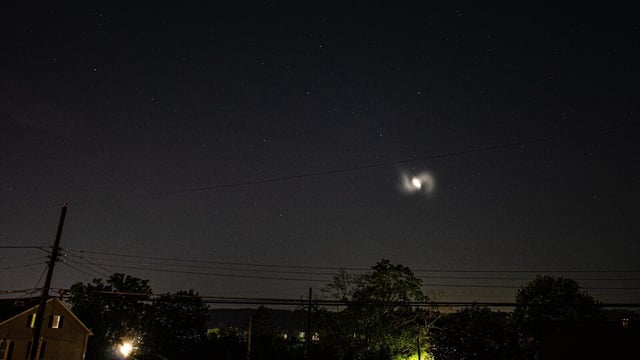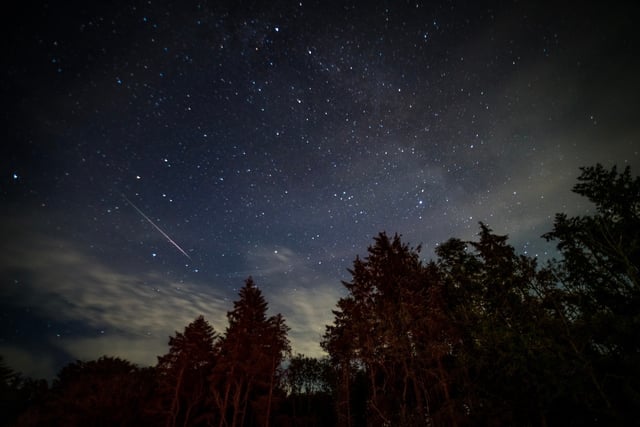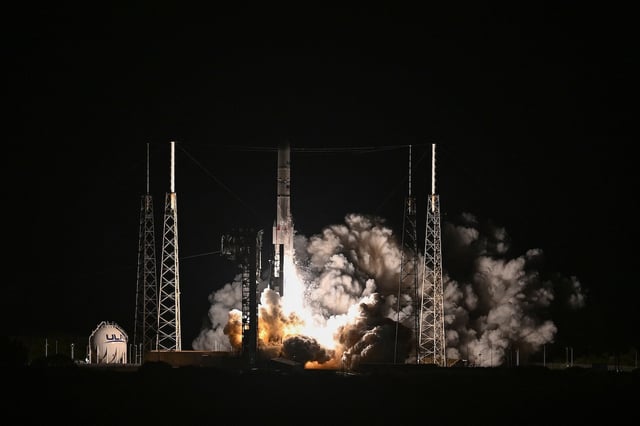Overview
- Two nearly simultaneous launches on August 12—the ESA Ariane 6 from French Guiana at 8:37 p.m. ET and the ULA Vulcan Centaur from Cape Canaveral at 8:56 p.m. ET—produced overlapping high-altitude maneuvers.
- Frozen exhaust and propellant dumps from tumbling upper stages reflected sunlight and moonlight to create spirals, swirls and boomerang-shaped lights.
- Astronomers Jonathan McDowell and Derrick Pitts, together with ESA, ULA and CSA statements, confirmed that all sightings stemmed from routine disposal operations and posed no safety risks.
- The event underscores how rising launch rates and new rocket designs are making human-made atmospheric displays more frequent and widely visible.
- Space agencies and astronomers are stressing the importance of swift public notices on launch timing and expected visual effects to counter speculation and UFO theories.



